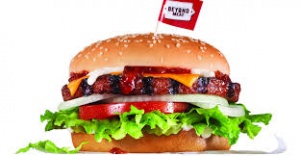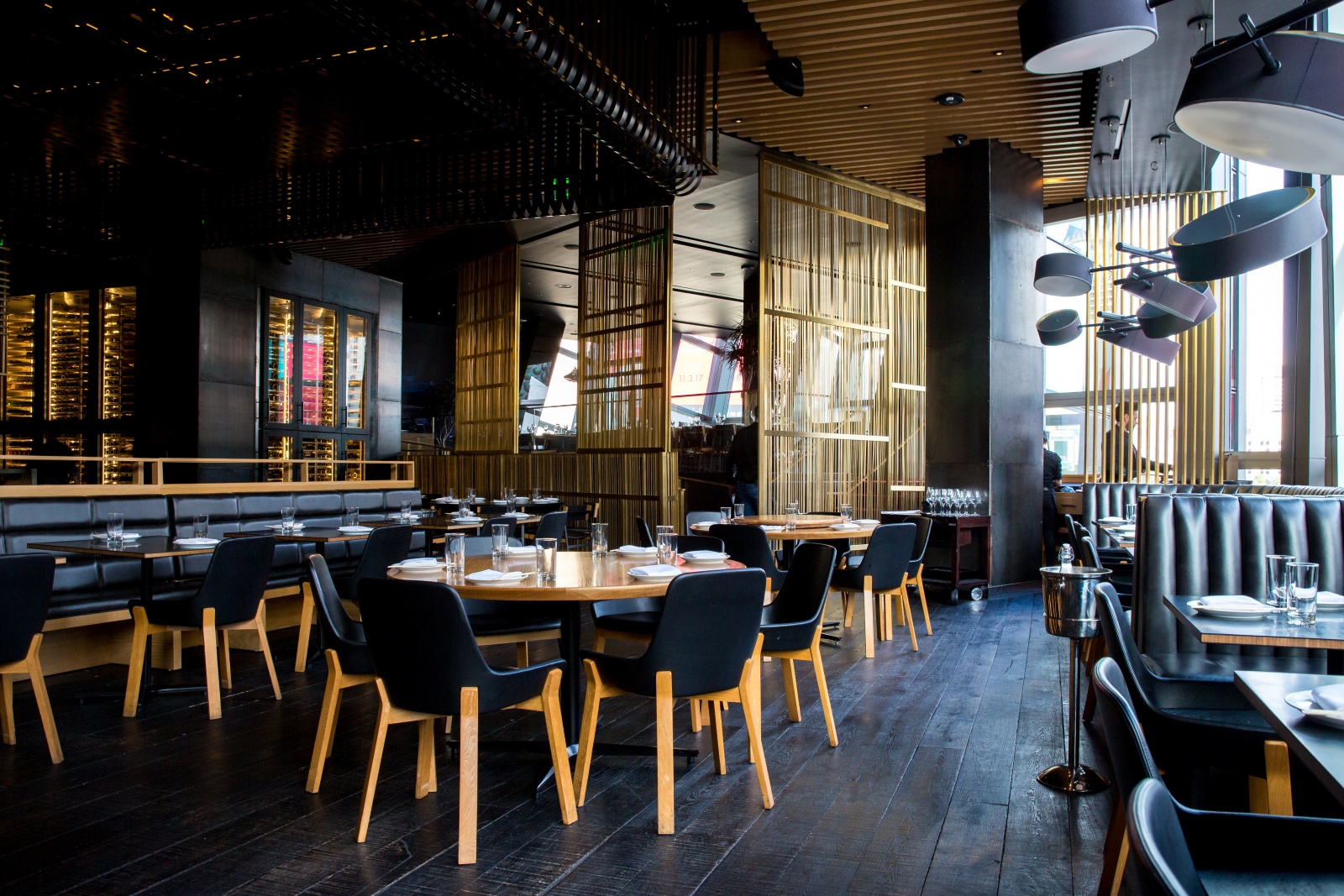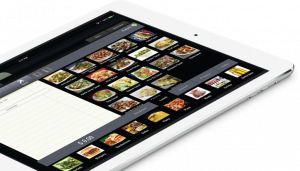2019 and how your restaurant can get started making the most of technology and more.
It’s that time of year again. The trend lists have been written, the “best of” awards have been given, and every operator is ready to start the quarter off on a positive spin. But now that you know that technology is even more prominent (and necessary) in the foodservice industry and meatless alternatives are the newest waves, how do you put action behind these trends? We’ve rounded up four of the easiest ways to get ahead of this year’s trends and turn our data and partnerships back into money in your pocket.
Restaurant Technology
From Eater to Forbes, technology in the foodservice industry has been all the buzz. This year we’ve heard more talk about AI, online ordering, and a growing number of companies focusing on giving the consumer the technology to order faster, pay smarter, and enhance their service with robots. Christina Donahue, President of Dining Alliance says, “We’re moving out of the “new” phase as the market matures and technology will become more of the norm in a growing number of restaurants. As a result, restaurant technology companies will work to clean up their act when it comes to meeting customer demands for usability.” (Hotel F&B) Tech companies like Lavu offer a top of the line POS systems that allows restaurants to place orders faster at the table, digital menu boards that keep up to date pricing and highlight specials, as well as self-ordering kiosks that put speed and transparency in the consumers’ hands.
The push for technology in the foodservice industry doesn’t stop on the consumer side—it also continues to advancements for operators. From online inventory management systems to AI pricing, technology is taking hold for restaurant operators as well as distributors. So what’s the best new technology for online ordering and tracking your inventory? Try Orderly, an online ordering platform for restaurant operators. Donahue says, “It’s a single online portal that allows operators to compare prices for items across multiple distributors and allows them to order and keep track of inventory in one place.” (Restaurant C-Suite) Plus, their newest upcoming feature will modernize what it means to execute the grueling task of recipe costing. FoodBAM already tracks up-to-date data on what all of our ingredients cost. Just plug your recipes into the recipe costing tool and the pricing automatically produces an all-in recipe cost that includes your distributors’ prices, price per meal, net-profit, and more. For the first time you can actually set and forget your recipe costing. As prices change in the market place, this app will capture and automatically update your recipe costs.
Vegetarian and Meatless Alternatives
It’s official, vegetarian and meatless alternatives are here to stay in 2019. Big chains like Carl’s Jr. and White Castle have already started implementing protein-packed burgers like Beyond Meat and Impossible burgers into their menus and Taco Bell is now offering a full vegetarian menu. So how will this impact your restaurant and how can you implement some of these alternative options for a profit? Christina Donahue, President of Dining Alliance says, “…operators may seize on the opportunity to price these [meatless] products at a premium, allowing for greater profitability.”  Asking your DSRs for products like Beyond Meat burgers or Impossible sausages is one way to add a vegetarian option to your menu while also being able to offer a premium price. Additionally, experimenting with more global flavors that take unique approaches to vegetarian meals can also appeal to the millennial and GenZ diner who’s willing to spend more to eat something that tastes better and is perceived as healthier or more sustainably sourced. (foodinsight.org)
Asking your DSRs for products like Beyond Meat burgers or Impossible sausages is one way to add a vegetarian option to your menu while also being able to offer a premium price. Additionally, experimenting with more global flavors that take unique approaches to vegetarian meals can also appeal to the millennial and GenZ diner who’s willing to spend more to eat something that tastes better and is perceived as healthier or more sustainably sourced. (foodinsight.org)
Eco-friendly packaging for to-go
In 2018 alone Dining Alliance saw a 130% increase in paper and plastic to-go container purchases, compared to just a 20% increase in Styrofoam. California recently passed a bill banning straws. Starbucks is removing straws from their companies altogether and New York’s ban on Styrofoam packaging started on January 1, 2019. For operators looking to quickly adhere to new laws (or get ahead of the shifting environmental changes sure to hit the industry in continued full force this year) looking to packing partners like Georgia-Pacific and Essity will be one way to get ahead in sustainable packaging. While having the materials in-house is one way to keep ahead of this trend, Donahue offers some solid advice on the outlook of sustainable packaging: “There are reusable bags out there, but I never think of bringing those when I go out,” Donahue said. “Some of this is going to be on the businesses, and some of it will be on training consumers.” (Orlando Sentinel)







